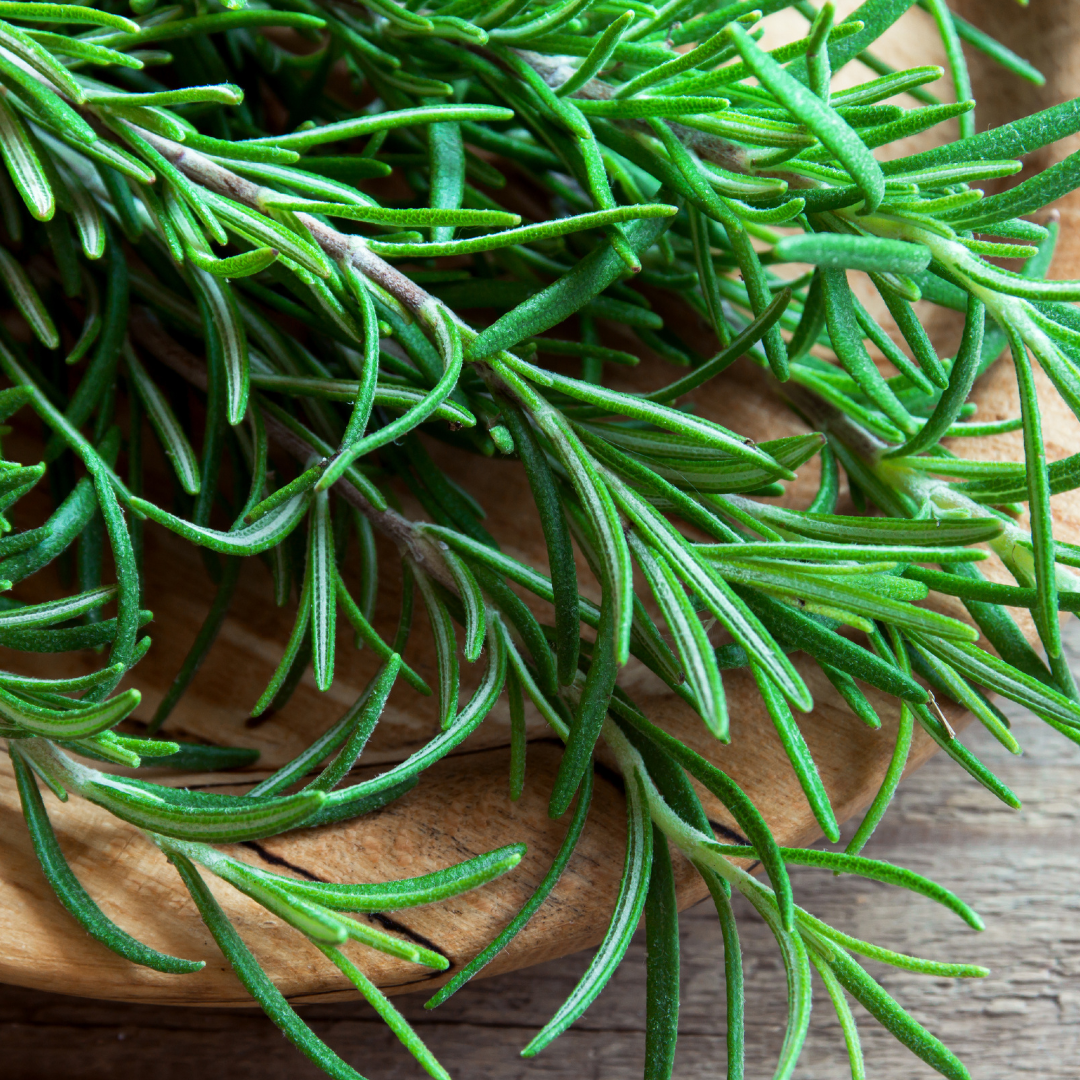Rosemary: A Timeless Herb for Your Garden
Discover the allure of rosemary at Sai Nursery in Sydney. Explore our diverse selection of this Mediterranean herb, prized for culinary delights, medicinal properties, and ornamental appeal. Let us guide you in cultivating and enjoying this versatile plant in your garden or home.
Rosemary has been prized for its medicinal properties since the time of the ancient Greeks and Romans around 500 B.C. Native to the warm Mediterranean region, rosemary thrives in USDA zones 7-10, and occasionally in zone 6. With proper care—light, water, temperature, soil, and fertilizer—rosemary can live up to 30 years.

Light Requirements
For optimal growth, rosemary requires full sun, with at least 6 hours of direct sunlight daily. If growing indoors, a south-facing window is ideal, supplemented with grow lights if necessary.
Watering
Rosemary prefers its soil on the drier side. Water it every 1.5 to 2 weeks if planted in the ground, and once a week for container-grown plants. Always check the top inch (2.5 cm) of soil before watering; if it’s dry to the touch, it’s time to water.
Temperature & Humidity
Rosemary thrives in warm temperatures with moderate humidity, preferring a range of 55-80°F (13-27°C). Most varieties can tolerate high temperatures but will die at temperatures below freezing.
Soil
Rosemary grows best in well-draining, slightly acidic, loamy soil with a pH of 6.0-7.0.
Fertilizer
Rosemary typically does not require fertilizer, but a light application in late winter or early spring can be beneficial. Use a slow-release fertilizer for shrubs and trees or an organic option. Avoid excessive nitrogen, which attracts sap-sucking pests.
Pests & Diseases
While rosemary is generally resistant to pests, it can occasionally be attacked by spider mites, mealybugs, or scales. Treat infestations with a water spray or insecticidal soap. Prune infected areas to manage scales. Overwatering can lead to root rot, indicated by limp plants and dying shoots. Prune infected roots and treat with fungicide powder; discard the plant if the root system is black and mushy.
Planting Rosemary
Rosemary can be planted in the garden or grown in containers, both indoors and outdoors. It requires well-draining soil and full sun but can tolerate light shade. Avoid heavy clay soil.
Growing Rosemary in Pots
Container-grown rosemary needs adequate drainage and more frequent watering than ground-grown plants. Water only when the top inch (2.5 cm) of soil is dry. Move potted rosemary indoors before the fall frost, placing it in a sunny south-facing window. Supplemental grow lights may be necessary.
Repotting
Repot rosemary annually in the spring. Gently loosen the roots and transplant into a new pot one size larger with fresh potting mix.
Overwintering
Move rosemary indoors if temperatures drop below freezing. If grown in a container, treat it as a houseplant or store it in a protected, dormant state. Outdoor plants can be protected with burlap or chicken wire filled with dry leaves and covered with 5-6 inches (13-15 cm) of wood chips.
Pruning
Prune rosemary after blooming to encourage new growth. Use sharp, sterile pruning shears, and never remove more than one-third of the foliage at once. Avoid pruning 4-6 weeks before the first frost to prevent damage from new growth freezing.
Propagation
While rosemary can be grown from seed, it’s more commonly propagated from cuttings. Take 4-6 inch cuttings from mature plants in late spring to early summer. Remove lower leaves and place the cuttings in water until roots form. Transplant rooted cuttings into well-draining, sandy soil in a sunny location.
Varieties
Popular rosemary cultivars include Albus, Arp, Collingwood Ingram, Creeping, Gorzia, Lockwood de Forest, Majorca Pink, Officinalis, Salem, Spice Island, and Tuscan Blue.
Companion Plants
Rosemary pairs well with herbs like basil, sage, thyme, and oregano, as well as flowers like sunflowers, marigolds, and nasturtiums. It also complements root vegetables such as carrots.
Uses & Benefits
In the garden, rosemary is versatile for rock, winter, edible, cutting, pollinator, butterfly, and children’s gardens. It works well in containers, as a border or low hedge, or as a trailing plant. Culinary uses include seasoning for steaks, stews, breads, and herbal butters or vinegars. The leaves and flowers are used in sachets, potpourri, and cosmetics. Medicinally, rosemary is valued for its antimicrobial, anti-inflammatory, and antioxidant properties. It’s also believed to aid in pain relief, memory improvement, hair growth, and circulation. Additionally, rosemary is deer-resistant.
For more information on growing and caring for rosemary, visit Sai Nursery in Sydney, your trusted source for quality plants and expert gardening advice.
Conclusion:
At Sai Nursery in Sydney, we celebrate the enduring charm and versatility of rosemary, a herb cherished for its rich history, culinary delights, and medicinal benefits. Whether you're looking to cultivate this resilient plant in your garden or enhance your culinary creations with its aromatic leaves, our expert guidance ensures your rosemary thrives year-round. Visit Sai Nursery to explore our wide selection of rosemary varieties and discover how this timeless herb can elevate your gardening experience and enrich your home. Let us help you cultivate the beauty and utility of rosemary in your own space today.
